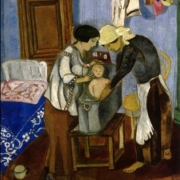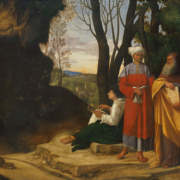The birth of the ability to narrate
Abstract
I’m going to describe the appearance of an ability to narrate in the case of an adopted child with autistic traits. This capability has become possible, in my opinion, first of all following the late internal experience of the continuity of existence, closely linked to the experience of those sensory envelopes usually provided to infants by primary maternal care, which contribute to the construction of a body self. Despite her rejection of any kind of narrative, the adoptive parents have been able to tell her true story, accepted by her without any apparent problems. Within the psychotherapeutic relationship she could later recognize and process the Read more



